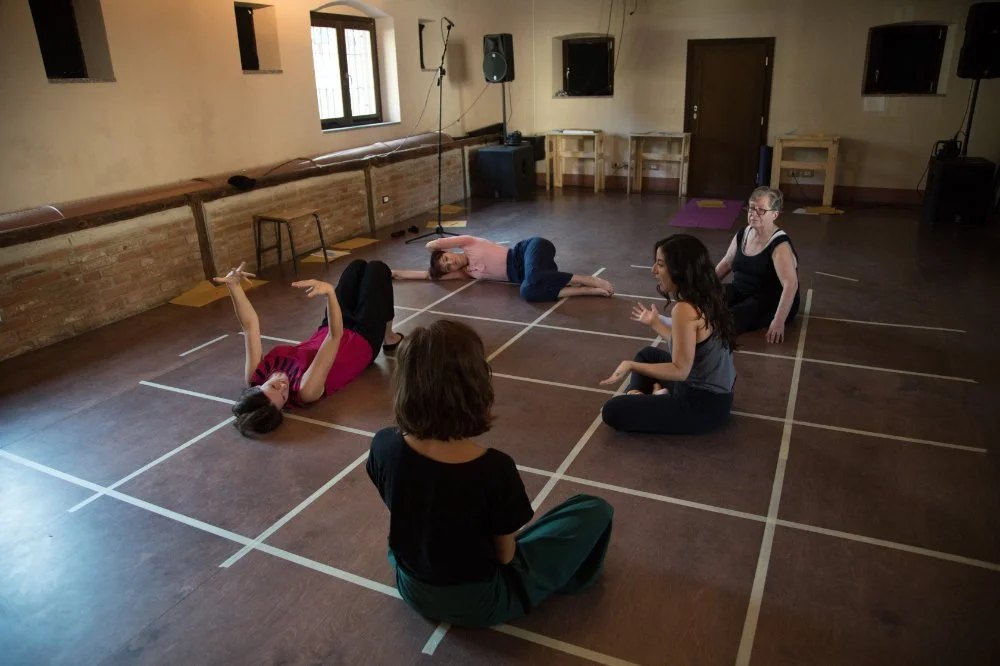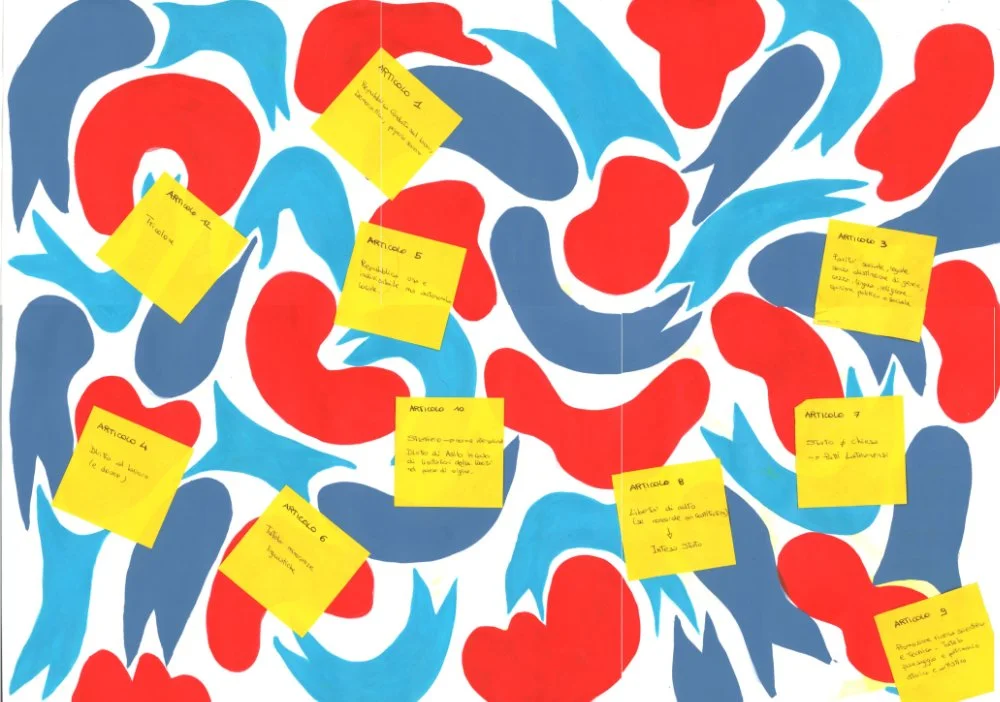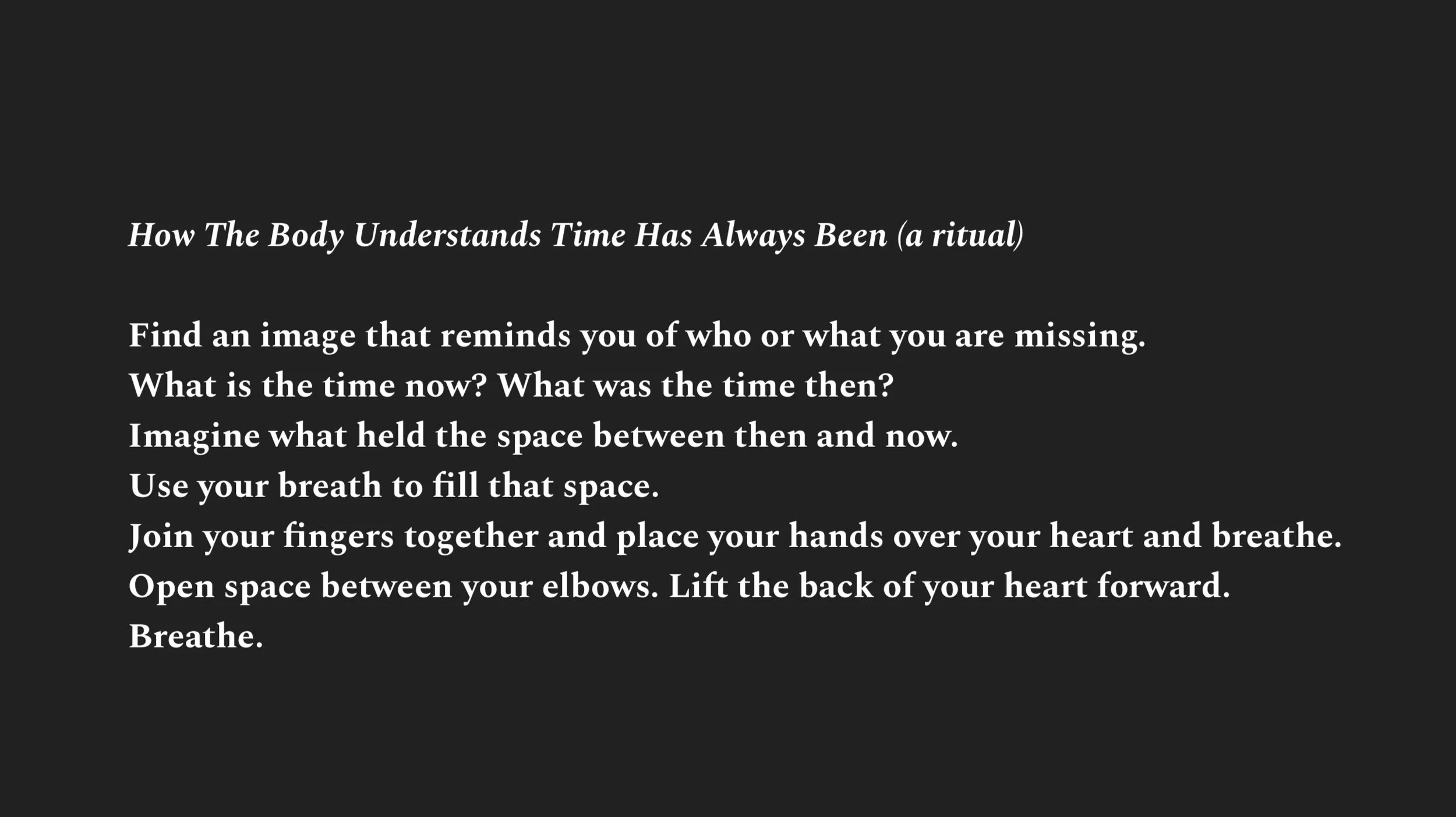Formulations of Assembly, Workshop-as-Event
Performative Intervention: Group Format
Build Up Conference Social Justice: Pandemic in the Digital Age, Virtual 2020
Bread & Salt, San Diego, California 2019
Mare Culturale Urbano, Milan, Italy 2018
About the performative intervention
Formulations of Assembly, Workshop-as-Event is a two-day collaborative workshop that ends with a party. In the first phase, participants are invited to question widely accepted ideas of assembly formation by experimenting with notions of solidarity and alliance aesthetically, conceptually, practically, and theoretically. Through a series of curated activities that are in dialogue with Judith Butler’s Notes Toward a Performative Theory of Assembly, participants are encouraged to move beyond performing choreography and speech acts often replicated during public demonstrations. Instead, participants are invited to map out their ideas during close readings of Notes Toward a Performative Theory of Assembly and activate the translation of theory through physical movement. These activities are documented through autoethnographic methods, such as self-reflexive writing, sketches, and movement notation.
Phase One
During the second phase, participants apply group formations, modes of dialogue, and body-based practices to contexts of social engagement such as drinking, dancing, and singing. The point of this formation of assembly is to reactivate the embodied experiences during phase one in an educational setting so understandings are shared with a broader public in a convivial setting. Collaborators invite people from their personal networks and passerby into the theater to taste a handcrafted drink and guess its contents. Next, people are asked to replicate the activity of sharing a drink with someone they don’t know, yet. As people start to mingle at the bar, participants are asked to choose their favorite article of the constitution in their country or countries, read it outloud using a microphone, and tell us if that law supports all members of society. These actions start discursive discussions about whose rights matter and how or if the government is upholding human rights outlined in that constitution. The point of this formulation of assembly is to delicately acknowledge human rights abuses in a de-dramatized manner.
Documentation from research outcomes on day one are exhibited, so collaborators offer their perspective on what was discovered. Guests are invited to give their perspective on what is necessary to make assembly possible today and how we might approach creating alternative formats of assembly. In addition to advancing the conversation, guests are asked to write ideas, personal narratives, and sketches documenting their vision of alternative formations of assembly on assembly point signs. During the virtual version, collaborators participate in the same activities; however, instead of an in-person party, the group collectively revises the Universal Declaration of Human Rights while listening to a social justice-themed playlist. At any point, people are welcome to dance.
Phase Two
Collaborators: Margarita Landi & Silvio Palladino.






























